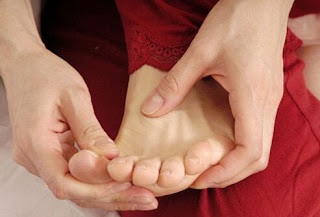HOMOEOPATHIC REMEDIES FOR PINCHED NERVE

A pinched nerve occurs when too much pressure is applied to a nerve by surrounding tissues, such as bones, cartilage, muscles or tendons. This pressure disrupts the nerve's function, causing pain, tingling, numbness or weakness. A pinched nerve can occur at a number of sites in your body. A herniated disk in your lower spine, for example, may put pressure on a nerve root, causing pain that radiates down the back of your leg. Likewise, a pinched nerve in your wrist can lead to pain and numbness in your hand and fingers (carpal tunnel syndrome). With rest and other conservative treatments, most people recover from a pinched nerve within a few days or weeks. Causes -- A pinched nerve occurs when too much pressure (compression) is applied to a nerve by surrounding tissues. In some cases, this tissue might be bone or cartilage, such as in the case of a herniated spinal disk that compresses a nerve root. In other cases, muscle or tendons may cause the condition. In the cas


